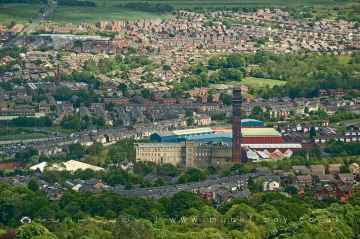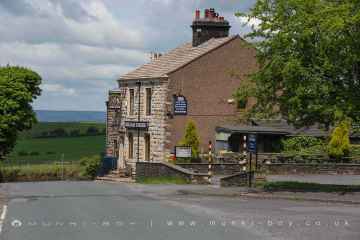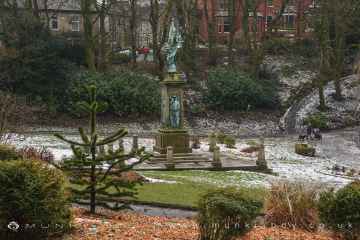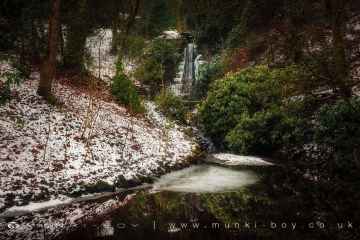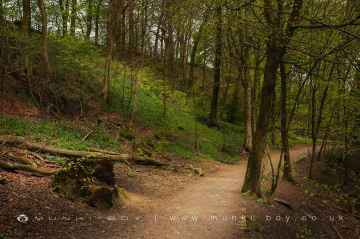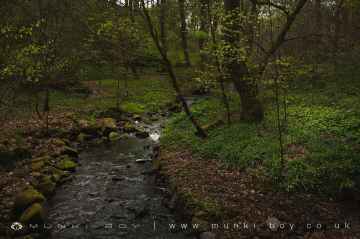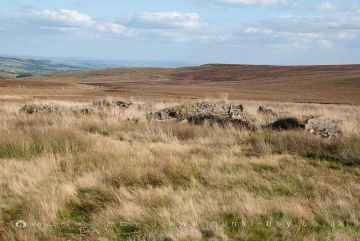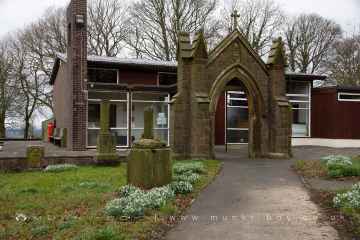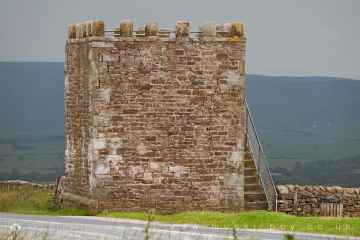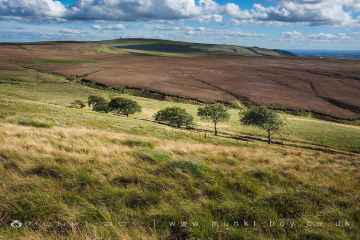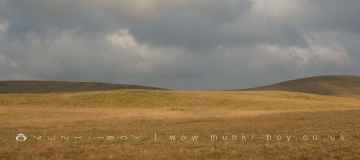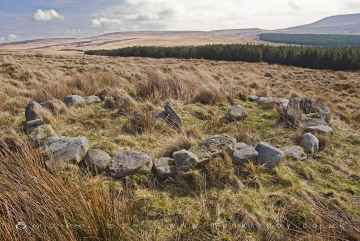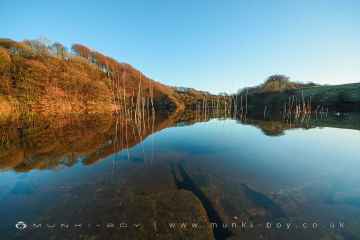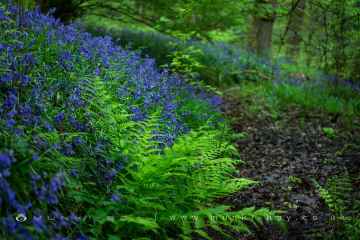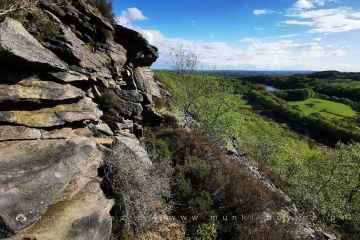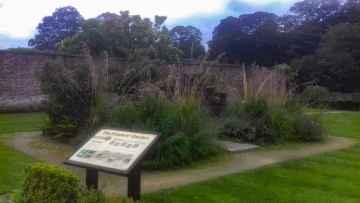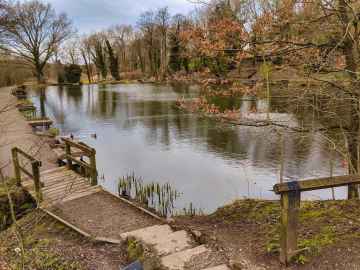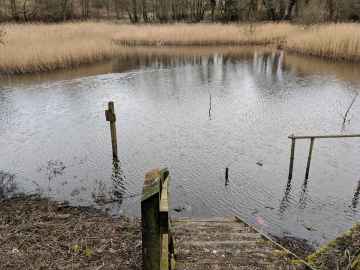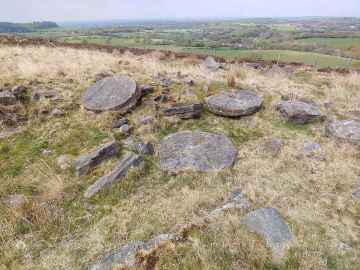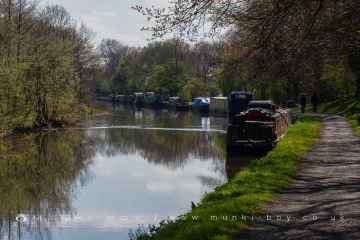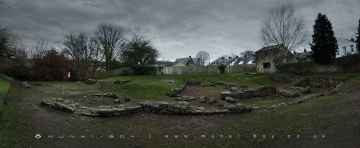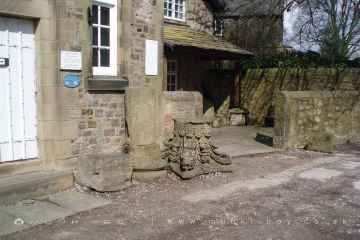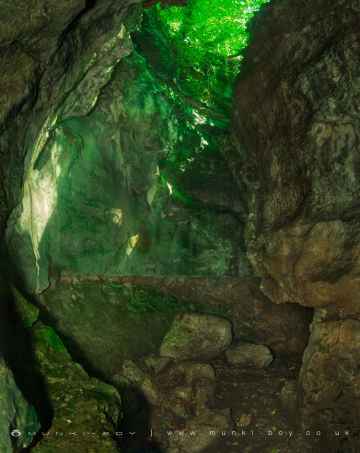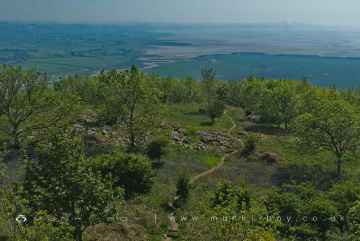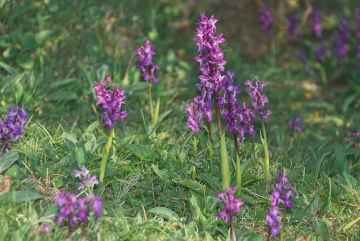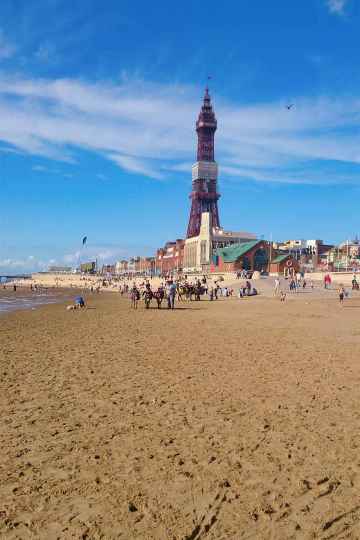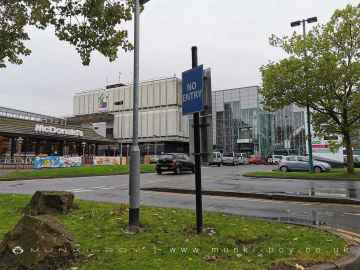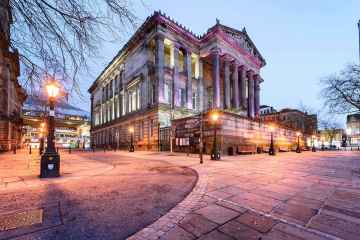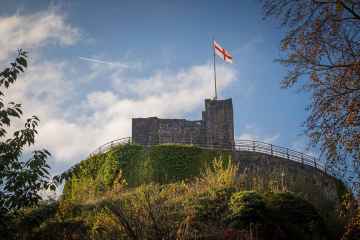Burnley is a Town in the county of Lancashire.
Burnley is a large market town in Lancashire, located in the northwest of England, roughly equidistant between Manchester and Leeds. It lies at the confluence of the River Calder and River Brun, in a valley surrounded by moorland and the southern Pennines. Burnley developed from a small medieval village into a major industrial town during the 18th and 19th centuries, primarily due to its role in the textile industry.
During the Industrial Revolution, Burnley became one of the world’s most important cotton-weaving towns. By the late 19th century, it had one of the largest concentrations of looms in the world. The Leeds and Liverpool Canal, along with the arrival of the railway, supported this growth by facilitating the movement of coal, cotton, and finished textiles. Many of the mills have now been repurposed or demolished, but remnants of the town’s industrial past can still be seen in surviving chimneys, stone warehouses, and mill buildings.
The town centre features a mix of Victorian architecture and more modern developments. Landmarks include Burnley Town Hall, built in the 1880s, and the Weavers’ Triangle, a historic industrial area alongside the canal which has been partially restored and serves as a heritage attraction. Burnley Mechanics, a Grade II* listed building, has been converted into a theatre and arts venue.
Burnley is also known for its football club, Burnley FC, which plays at Turf Moor. The club has a long history, founded in 1882, and was one of the twelve founding members of the Football League in 1888. Turf Moor is one of the oldest football grounds still in use in the country.
In recent decades, Burnley has faced economic challenges following the decline of traditional industries, but efforts have been made to regenerate the town through investment in education, infrastructure, and new business development. The University of Central Lancashire has a presence in the town, and various business parks and enterprise zones have been developed.
The town is surrounded by scenic countryside, including parts of the Forest of Bowland Area of Outstanding Natural Beauty and the South Pennines. Nearby landmarks such as Pendle Hill and Towneley Park provide opportunities for walking, cycling, and outdoor recreation. Burnley remains a town of contrasts—steeped in industrial heritage but also looking to reinvent itself for the future.
There are great places to visit near Burnley including some great towns, villages, parks, waterfalls, woodlands, rivers and streams, old mines, ruins, historic buildings, ancient sites, historic monuments, hiking areas, hills, round cairns, lakes, bluebell woods, geological features, gardens, country parks, nature reserves, historic sites, canals, roman sites, museums, caves, limestone pavements, sssis, beaches, attractions, shopping centres, cities and castles.
The area around Burnley boasts some of the best towns including Darwen, Chorley, Leyland, Nelson, Blackburn, Burnley, and Blackpool.
Villages to visit near Burnley include Ryal Fold, Tockholes, Brinscall, White Coppice, Heath Charnock, Higher Wheelton, and Ribchester.
The area around Burnley boasts some of the best parks including Bold Venture Park, Sunnyhurst Wood, Astley Park, Worden Park, Cuerden Valley Country Park, and Ball Grove Park.
Burnley has some unmissable waterfalls nearby like Bold Venture Waterfall, Sunnyhurst Waterfalls, Hatch Brook Waterfall, Holts Flat Waterfall, Lead Mines Clough Waterfall, Sheep Pen Waterfall, and Old Brooks Waterfall.
The area around Burnley boasts some of the best woodlands including Sunnyhurst Wood, Wheelton Plantation, High Bullough Wood, Back Plantation, Spen Wood, Duxbury Woods, and Longworth Clough.
Don't miss Sunnyhurst Brook, Hatch Brook, Dean Black Brook, Eller Brook, River Yarrow at Duxbury Woods, Ease Gill, and River Roddlesworth's rivers and streams if visiting the area around Burnley.
Old Lyons Colliery (ruin), Lead Mines Clough Lead Mines, Coppice Stile Lead Mine Trial, White Coppice Lead Mine, Duxbury Park Colliery (ruin), Ellerbeck Collieries (ruin), and Sykes Mine are some of Burnley best old mines to visit near Burnley.
Burnley's best nearby ruins can be found at Old Lyons Colliery (ruin), Higher Pasture Barn (ruin), Ripping (ruin), Wheelton Plantation, Blackhurst (ruin), Heatherlea (ruin), and Shop Fold (ruin).
Church of Saint Stephen at Tockholes, Astley Hall, Chorley Lodge, Belmont Paper Mills (Derelict), Blacko Tower, The Wishing Well at Hollinshead Hall, and Hoghton Tower are some of Burnley best historic buildings to visit near Burnley.
There are a several good ancient sites in the Burnley area like Church of Saint Stephen at Tockholes, The Quernmore Burial, Standing Stones Hill, Pikestones Chambered Long Cairn, Jepsons Gate Cairn, Black Coppice Chambered Cairn, and Dog Holes Cave.
There are a several good historic monuments in the Burnley area like Jubilee Tower, Bevis and the Ruined Summerhouse, and Cromwell's Bridge.
The area around Burnley boasts some of the best hiking areas including Anglezarke, Lead Mines Clough, High Bullough Wood, Stronstrey Bank, Lister Mill Quarry, Great Hill, and White Coppice.
There are a several good hills in the Burnley area like Standing Stones Hill, Great Hill, Healey Nab, Spitlers Edge, Will Narr, Warton Crag, and Parlick.
The area close to Burnley boasts some of the best round cairns including Jepsons Gate Cairn.
Burnley has some unmissable lakes nearby like High Bullough Reservoir, Anglezarke Reservoir, White Coppice Mill Pond, Big Lodge Water, Top Lodge, The Blue Lagoon, and Lower Ogden Reservoir.
High Bullough Wood, Duxbury Woods, Hill Top Wood, Warton Crag, and Roddlesworth Woods are some of Burnley best bluebell woods to visit near Burnley.
There are a several good geological features in the Burnley area like Stronstrey Bank, White Coppice Quarry, Warton Crag and Grisedale Wood Limestone Pavement, Sykes Mine, and The Great Stone of Fourstones.
Burnley has some unmissable gardens nearby like The Evaders' Garden, Astley Walled Garden, and Hoghton Tower.
Yarrow Valley Country Park, Worden Park, Cuerden Valley Country Park, Witton Country Park, Beacon Fell, Langroyd Country Park, and Wyre Estuary Country Park are great places to visit near Burnley if you like country parks.
Burnley has some unmissable nature reserves nearby like Top Lodge, Longworth Clough, Leighton Moss, Brockholes Nature Reserve, Ball Grove Park, Upper Ball Grove Lodge, and Mere Sands Wood.
Black Coppice Mill Stone Factory is a great place to visit close to Burnley if you like historic sites.
Burnley's best nearby canals can be found at Leeds and Liverpool Canal at Heath Charnock, Leeds and Liverpool Canal at Higher Wheelton, Leeds and Liverpool Canal - Summit to Wigan Section, Leeds and Liverpool Canal at Adlington, Lancaster Canal at Bolton-le-Sands, and Leeds and Liverpool Canal - Rufford Branch.
Don't miss Ribchester Roman Bath House, and Ribchester Roman Museum's roman sites if visiting the area around Burnley.
There are a number of museums near Burnley including Ribchester Roman Museum, The British Commercial Vehicle Museum, and Harris Museum - Art Gallery and Library Preston.
Dog Holes Cave, Fairy Hole, and County Pot are great places to visit near Burnley if you like caves.
Limestone Pavements to visit near Burnley include Warton Crag and Grisedale Wood Limestone Pavement.
Warton Crag S.S.S.I, and West Pennine Moors are great places to visit near Burnley if you like sssis.
Blackpool, Half Moon Bay, The Shore (Bolton-le-Sands), and Hest Bank Wharf are great places to visit near Burnley if you like beaches.
Madame Tussauds Blackpool, The Big One, and Blackpool Pleasure Beach are some of Burnley best attractions to visit near Burnley.
The Concourse Shopping Centre is a great place to visit close to Burnley if you like shopping centres.
There are a number of cities near Burnley including Preston, and Lancaster.
Places near Burnley feature a number of interesting castles including Clitheroe Castle.
Burnley History
There are some historic monuments around Burnley:
Areas of Burnley
Like most towns and cities Burnley is comprised of a number of areas, once separate villages or small towns and parishes now part of Burnley.
Many of the areas of Burnley have their own character and places of interest.
Places to see near Burnley
History of Burnley
Stone Age flint tools and weapons have been found on the moors around the town, as have numerous tumuli, stone circles, and some hill forts (see: Castercliff, which dates from around 600 BC). Modern-day Back Lane, Sump Hall Lane and Noggarth Road broadly follow the route of a classic ridgeway running east-west to the north of the town, suggesting that the area was populated during pre-history and probably controlled by the Brigantes.


































